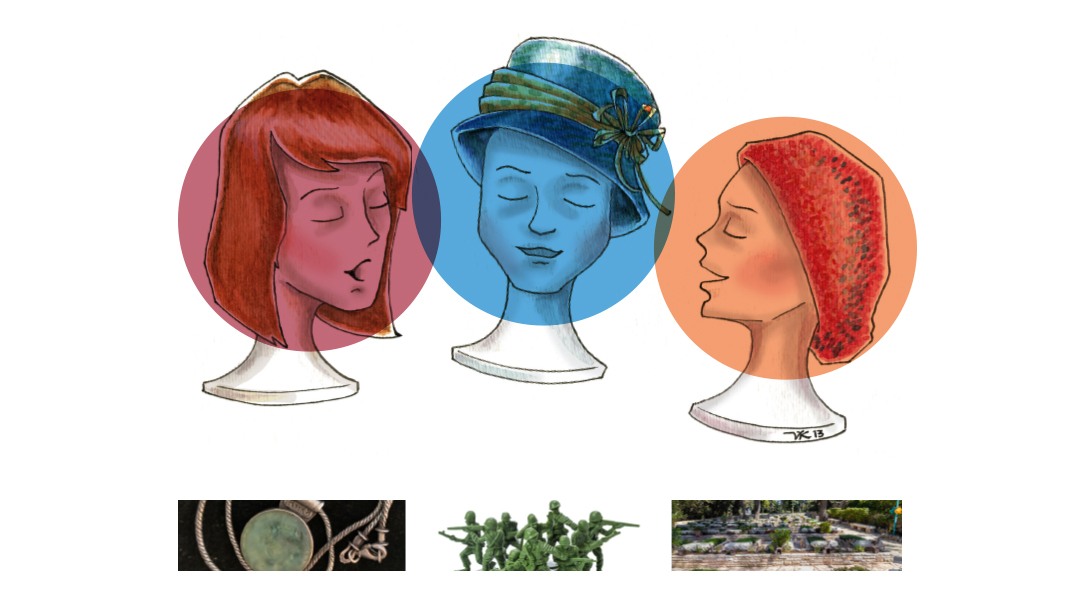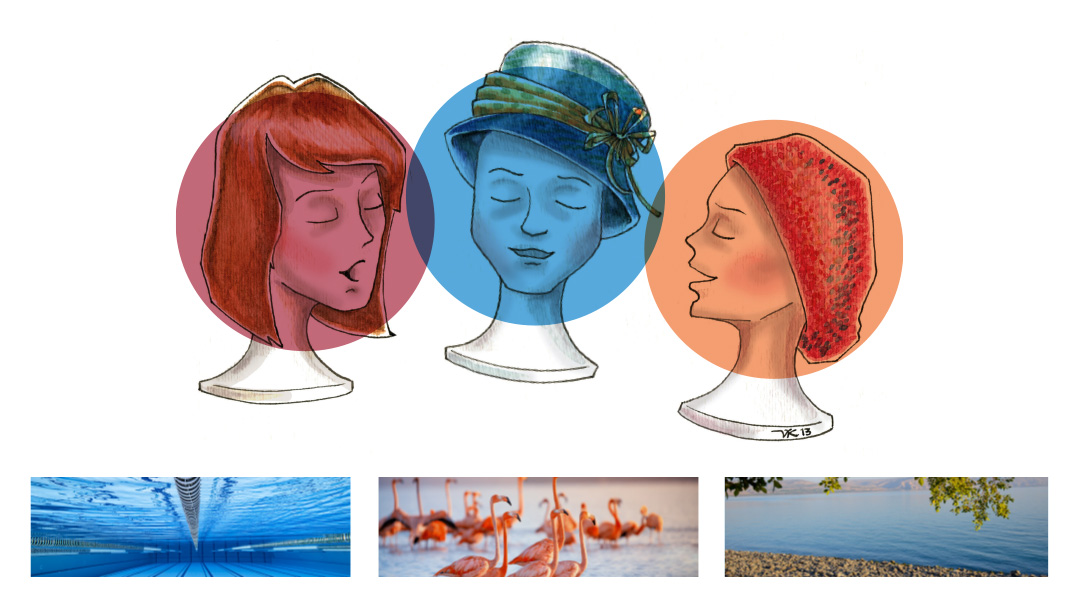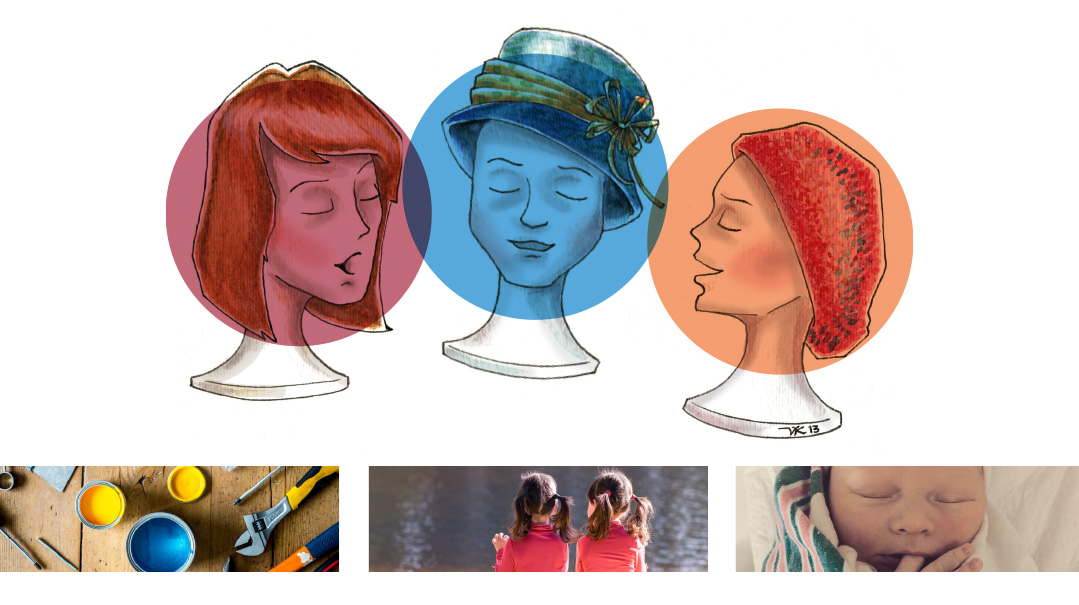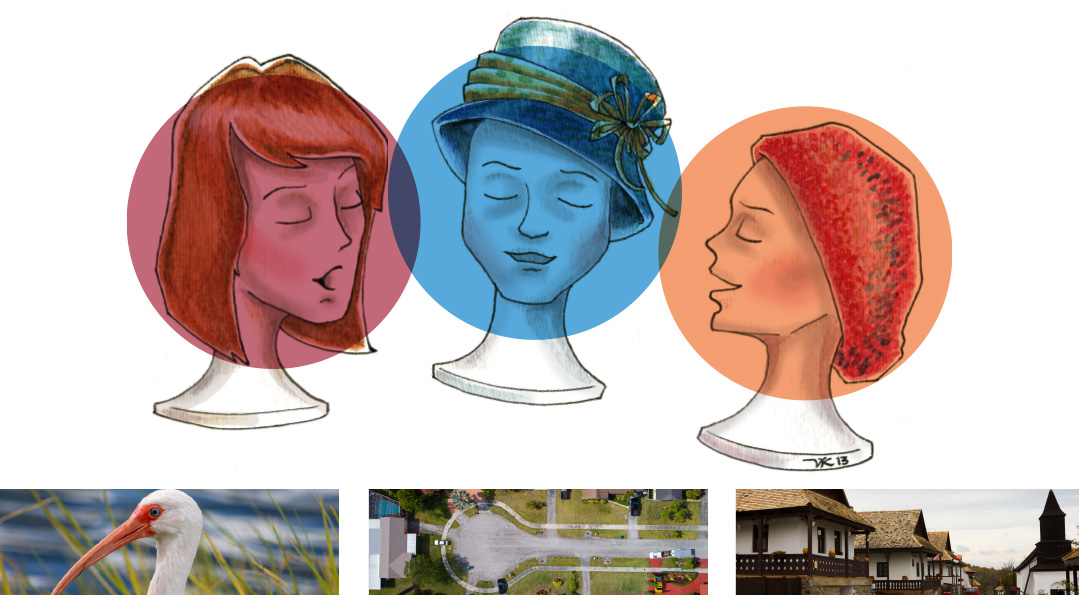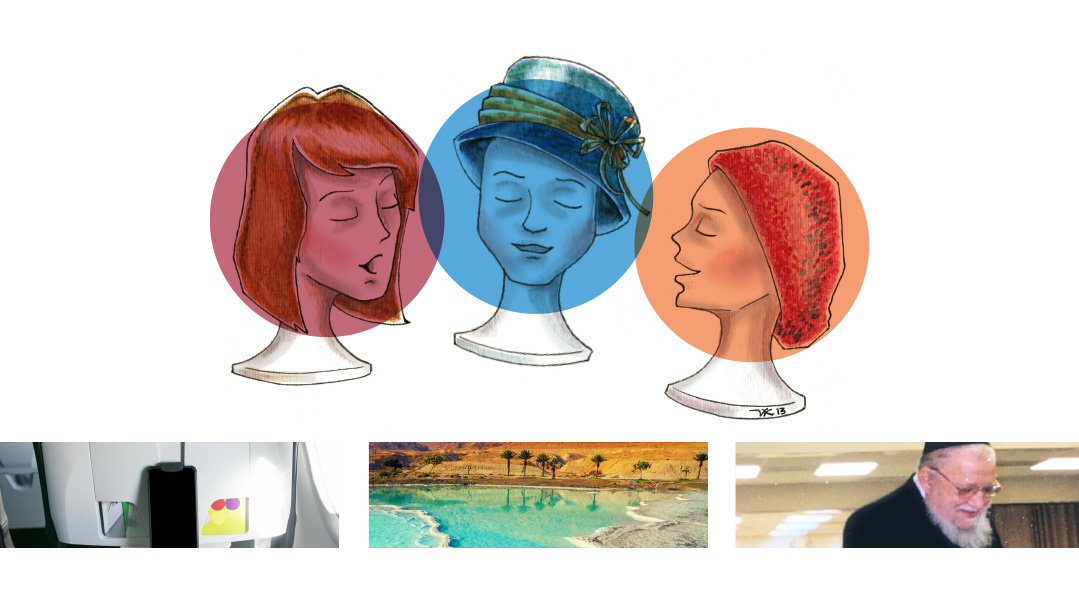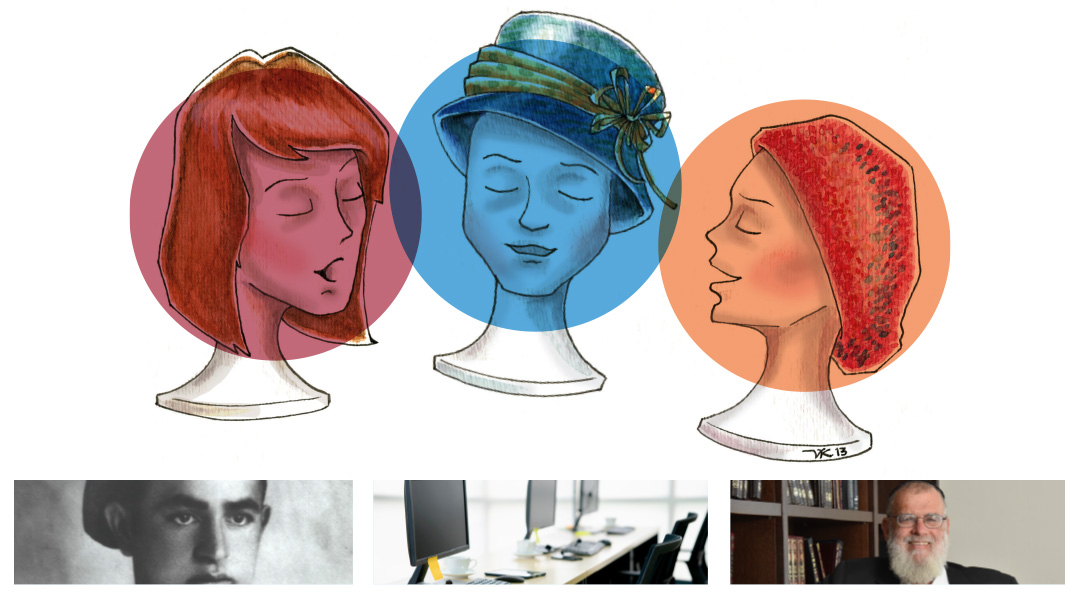Something Lost, Something Gained
| April 14, 2021We ponder what we’ve gained after sustaining more personal-sized losses: financial, vocal, and gemological (yes, it’s a word; we looked it up)
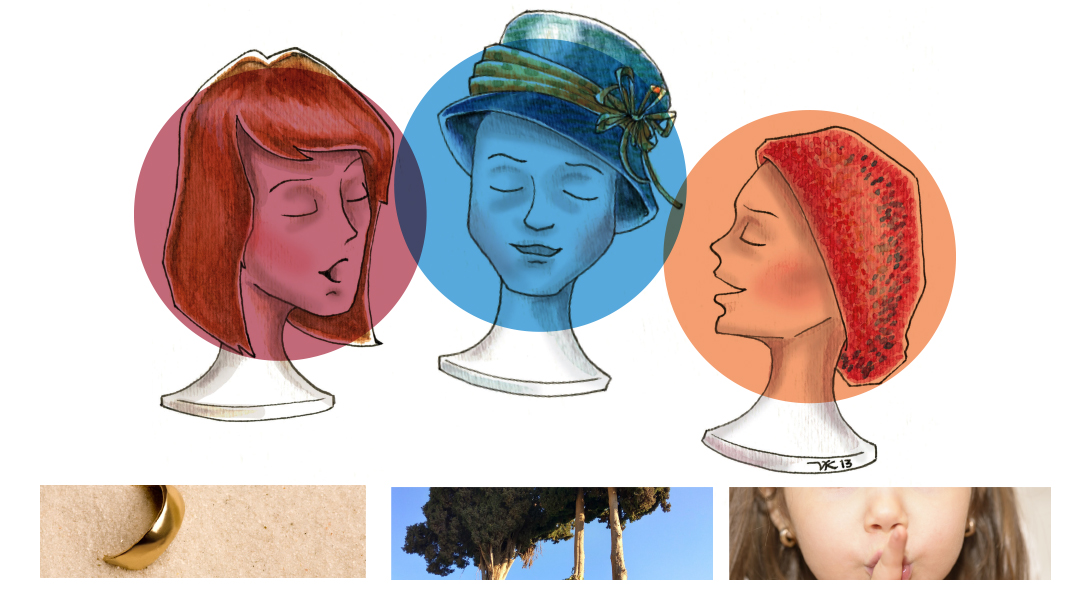
No, it’s not about how much weight we’ve lost and gained over the years. That would take a novel.
It would take even more than a novel to elaborate on all the losses and gains we’ve experienced over the past year. Entire history texts will inevitably be written. They’ll include chapters about the loss of our freedom to travel, shop in stores, dine out, go to work, learn in classrooms, hug our loved ones, gather with friends and family. They’ll tell how we lost the ability to breathe freely, unencumbered by masks, in many settings. Most of all, they’ll describe our pain at the loss of precious lives.
Fortunately, those tomes will also describe the things we gained during this past Year of the Pandemic. The improvements in communication technology. The flexibility of being able to telework. The reduced traffic congestion that, in turn, lowered two vital measurements: air pollution and commuter blood pressure.
And, of course, volumes of spiritual texts will highlight our stepped-up davening, our collective Tehillim efforts, our increased chesed, and our deepened understanding of this fundamental reality: that we may plan and plan, but in the end, everything is part of Hashem’s Master Plan.
No, we Sisters wouldn’t attempt to Schmooze about those epic-scale losses and gains. We simply invite you to join us as we ponder what we’ve gained after sustaining more personal-sized losses: financial, vocal, and gemological (yes, it’s a word; we looked it up).
Emmy Leah gives a virtual tour of…
The Lost Apartment
Ladies (and the occasional gentlemen who read Family First), please join me in my brief personal “virtual tour” of that well-known Jerusalem neighborhood, Shaarei Chesed. Come admire the lovely homes that dot the area today, the packed shuls (pre-pandemic, of course), the signs on poles and bulletin boards announcing shiurim and chesed programs.
Then let’s go back in time. Hear how the neighborhood was built in the early 20th century to provide poor religious families with subsidized housing. Get a glimpse of life in the tiny homes of the original owners.
See — or rather don’t see — the apartment my husband’s family lost there.
And the treasure that our family found instead.
Lag B’Omer, 1909. Rav Shmuel Salant ztz”l, beloved Ashkenazi Chief Rabbi of Jerusalem for 40 years, lays the cornerstone for Shaarei Chesed, a new neighborhood outside the Old City walls. The apartments are tiny. Water comes from a central well, and the neighbors cook cholent in a communal oven. Residents, who must be religious, receive subsidies and long-term loans for the miniscule homes.
Bubby Esther Leah, my husband’s great-grandmother, was one of those residents. Widowed young, she raised her four children in the tiny house. But with the outbreak of the Great War, her son, Yaakov Meir, my husband’s grandfather, left Palestine for America to avoid being drafted into the Turkish Army.
Almost twenty years later, with four children of his own, Yaakov Meir returned to Shaarei Chesed. While residents no longer had to draw water from the communal well, it was a shock for four born-and-bred modern Brooklyn girls to live in their grandmother’s old-fashioned neighborhood. Still, they went to Jerusalem schools, learned Hebrew, and found time to plant three tiny evergreen trees in an undeveloped corner of the neighborhood.
In the 1930s, facing financial difficulties and fearful of Arab attacks, the family returned to America. But Esther Leah remained in her tiny house, refusing to leave Israel even though all her children had left. She died during Israel’s War of Independence. Har Hazeisim was under fire, so she was buried in a temporary cemetery next to Shaare Zedek’s original building on Jaffa Road. After 1967, she was reburied on Har Hazeisim, just a row away from Rav Salant, who helped create the beloved neighborhood where she lived for so long.
After her death, none of Esther Leah’s children lived in Israel. Yaakov Meir’s American friend advised him to sell the apartment. No way are you returning to Israel, he said. Get rid of it for as much as you can, and I’ll help you invest the money.
When an Americkaner gives financial advice, a greener takes it. Yaakov Meir’s family sold the house, invested the money… losing the apartment and, shortly after, losing the entire investment. And twenty years later, more-or-less on the site of the lost apartment, the luxury Wolfson Towers is built and Shaarei Chesed becomes one of the most sought-after addresses in Israel.
End of tour. Sad end of story? Not exactly. Yaakov Meir’s youngest daughter, my husband’s mother Miriam a”h, raised her family on stories of those years in Shaarei Chesed, especially the tale of the trees. She’d describe the glow of the Yerushalayim stones on sunny afternoons, tell of weddings celebrated in the streets. When the family would visit Israel, the first stop would naturally be the Kosel. Second stop — Shaarei Chesed, to see the trees now towering over the neighborhood.
Just days before I wrote this Schmooze. The Seventh of Adar. Moshe Rabbeinu’s yahrtzeit, of course. Also remembered in our family as my mother-in-law’s birthday.
A knock at our door. A registered letter from Bank Yerushalyim: Congratulations. After twenty-eight years, your mortgage is fully paid.
On my mother-in-law’s birthday, we discovered that baruch Hashem, we now own our own home. We no longer are partners with our bank. No, our home isn’t in Shaarei Chesed, but it’s in Miriam’s beloved Eretz Yisrael, the land where her trees have grown tall and her descendants, baruch Hashem, are growing up.
You know the saying: money doesn’t grow on trees. Neither do luxury apartments. But the love for our land that grew from three trees my mother-in-law planted has cast deep roots in our family. And unlike a house sold too soon or a poor financial investment, that’s something that can never be lost.
Miriam ponders…
Losing My Voice
I like to talk.
Airplane talk, elevator pitches, DMCs, Jewish geography, social chatter: You name it, I’ll talk it. With family, friends, neighbors, colleagues, the nice lady at the makolet — if they’ll lend me an ear, I’ll grab it, returning it to them reluctantly after we’ve discussed the weather, politics, books, COVID (endlessly), and just about anything else.
The Gemara tells us that nine out of ten measures of talk were given to women, and I’m pleased to prove Chazal correct, as always.
But… I also like a challenge. That’s what got me to swim the Kinneret, morphing from a pool “yapper” into a “lapper.” That’s what made me take my last remaining four Schmerling kosher-for-Pesach chocolate bars one Isru Chag, deposit them with a neighbor, announce, “That’s it, I’m not eating chocolate anymore” — and stick with the resolution for five years.
When you take a non-stop talker who is looking for a challenge you get… taanis dibur.
Taanis dibur is actually quite a serious topic. It’s a fairly common practice among Sephardim. A sefer we own, based mostly on Sephardic minhagim, devotes 30 full pages to “Seder Taanis Dibur.” The Mishnah Berurah cites a sefer that says: “If a person wants to take on a voluntary fast, it’s better to take on a fast on speaking (taanis al dibur) than a fast on food…”
I was introduced to the concept by Rami, my Sephardi auto mechanic. In one of those “only-in-Israel, mi-k’amcha-Yisrael moments,” we called about a faulty shock absorber and were told by his son, who answered the phone, “Abba can’t talk now, he’s doing Taanit dibur today.”
A dear friend, suffering from a serious chronic disease and unable to fast anymore, began taking on Taanis dibur on fast days. “It teaches you to filter your words, think about each and every one of them before you say it,” she told me. Filtering words seemed like a pretty good idea for someone who usually lets them gush out in an unrestrained torrent. I was intrigued.
I ran the idea of a taanis dibur by my posek. At first, he wasn’t enthusiastic. The Steipler, he told me, had written that a person shouldn’t do things that make him seem strange, and he’d used taanis dibur as an example. “You shouldn’t go to the supermarket and keep pointing and saying, ‘nu, uh…’” my posek warned.
I assured him I was going to do the taanis just for a few hours, and that I would be doing it from home. More: If someone came to the door or called, I would speak, being careful not to say any extra words. A kind of “taanis schmooze,” as it were, rather than the classic taanis dibur. With that, I got the go-ahead.
So what was it like, to “lose my voice” for several hours?
It was interesting. Thought-provoking. A little bit hard. A little bit fun.
With batei medrash closed by corona, my husband’s chavrusa came to the house. I greeted him at the door (that was okay, by my own rules). Then I made a joke about masks. It made him smile. I wondered: Is making someone smile a good thing? Yes. But is learning to control my habit of enthusiastically jumping into conversations a good thing? Also, yes. Should I have kept quiet? Not sure.
I had a professional conversation that couldn’t be put off. I considered every word before saying it, filtering for schmoozing, extraneous chatting, and (of course) any hints of gossip. Good.
I found myself thinking more, focusing on my own thought processes. Also good.
With no one to talk to, I spoke to Hashem more often, more sincerely. Definitely good.
And yet… with schmoozing forbidden, I couldn’t call a friend suffering from COVID-induced anxiety, a recently widowed neighbor, or even my sister for our cheerful daily what’s-new-by-you chat. When I stopped talking, I saw that talking means communication, and communication means caring.
Yes, I plan on taking on the occasional taanis dibur (read: taanis schmooze). But mostly I’ll thank Hashem for my nine measures of speech, and do my best to use them well.
Marcia finds replacements for her…
Lost Jewels
August 27, 1981. A lonely stretch of beach. Tirzah and I take turns swimming and watching our kids. My turn for a swim. I take off my engagement ring, afraid a wave might knock the diamond from its setting. I wrap the ring and my watch in a towel, stuff them into my beach bag, and challenge the ocean.
Suddenly, I’m caught in a giant wave. Whirling around till I can’t tell which way is up, I stop fighting the impossible. I relax my body and decide to rely on Hashem. Sure enough, the wave subsides, my feet touch ground, and I can stand… breathe… see beautiful sky.
Back at our blanket, I reach into my bag, unfold the towel, retrieve the watch, and — no ring! We search all around to no avail, even borrowing an elderly lady’s metal detector. I’m convinced the culprit is Aliza, Tirzah’s 1-year-old with a propensity for stuffing anything and everything into her mouth.
What a loss! Ten years ago, as a young chassan still in graduate school, Sheldon worked all summer at the post office to afford that ring. But… maybe it’s a kapparah.
Thankful to be alive, I make a conscious decision: don’t be upset.
An hour later. Big news: I have a new niece! Could Emmy Leah’s Devorah be part of that kapparah?
A week later. We learn that our homeowner’s insurance will cover the loss. We decide not to replace the ring. Instead, we use the money to buy something we couldn’t afford during our first ten years of marriage: a dining room set.
That engagement ring isn’t the only precious piece of jewelry I’ve lost over the years. I’m embarrassed to admit that I also lost my wedding ring.
A Sunday before Pesach. I make my weekly rounds to four schools as music teacher to little kids. In school number one, I sit in a floor circle with the kids. Time for the “Who Knows One” song (the “Ooh-Ah-Ooh-Ah-Ah” English version of “Echad Mi Yodeah”). It’s more of a rap than a song, so I flip my guitar onto my lap, using its back as a drum. To avoid damaging the wood, I remove my ring, placing it on the carpet beside me.
Driving to school number four, I notice my fingers on the steering wheel… sans ring! I must have left it on the carpet! By the time I retrace my steps, the ring is gone.
Some people really shouldn’t own good jewelry.
I’ve lost more jewelry than some people have owned over a lifetime.
Just to name a few… The cubic zirconium ring my in-laws bought to replace my lost engagement ring — the stone was washed down the shower drain at the gym. The charm bracelet Aunt Tzippy and Uncle Yossie bought for my 16th birthday — lost (stolen?) on the D train. The gold-and-diamond tennis bracelet Sheldon bought for my birthday — danced away at a wedding. The silver bracelet I inherited from my mother-in-law — swallowed up in a parking lot.
And earrings? I can’t count how many clip-ons clipped off. At least they weren’t expensive — I’d refused my mother-in-law’s offer of diamond earrings. It wasn’t just my aversion to ear piercing. It was also my aversion to losing diamonds.
Looking back, it’s not the material losses that upset me. It’s losing the tangible reminders of the people and events associated with each piece.
Yet… The memories remain, many losses have been replaced… And, somehow, many replacements have turned into gains.
The lost wedding band? Sheldon replaced it with a diamond-studded ring. The dining room set? It became the setting for hundreds of Shabbos, Yom Tov, and simchah dinners. Little Devorah? Now a beautiful mother with children of her own — as is little Aliza. I’m convinced she may someday discover a shiny object on some X-ray or MRI.
And my most precious lost jewel? Sheldon a”h. Maybe I’ve lost him, but I still have 48 years of memories. Every time I look at his dining room chair, I picture him sitting there.
And every time I look at the beautiful faces of my children and grandchildren, I’m reminded that I may have lost a husband… but look at how much we both gained.
(Originally featured in Family First, Issue 738)
Oops! We could not locate your form.

